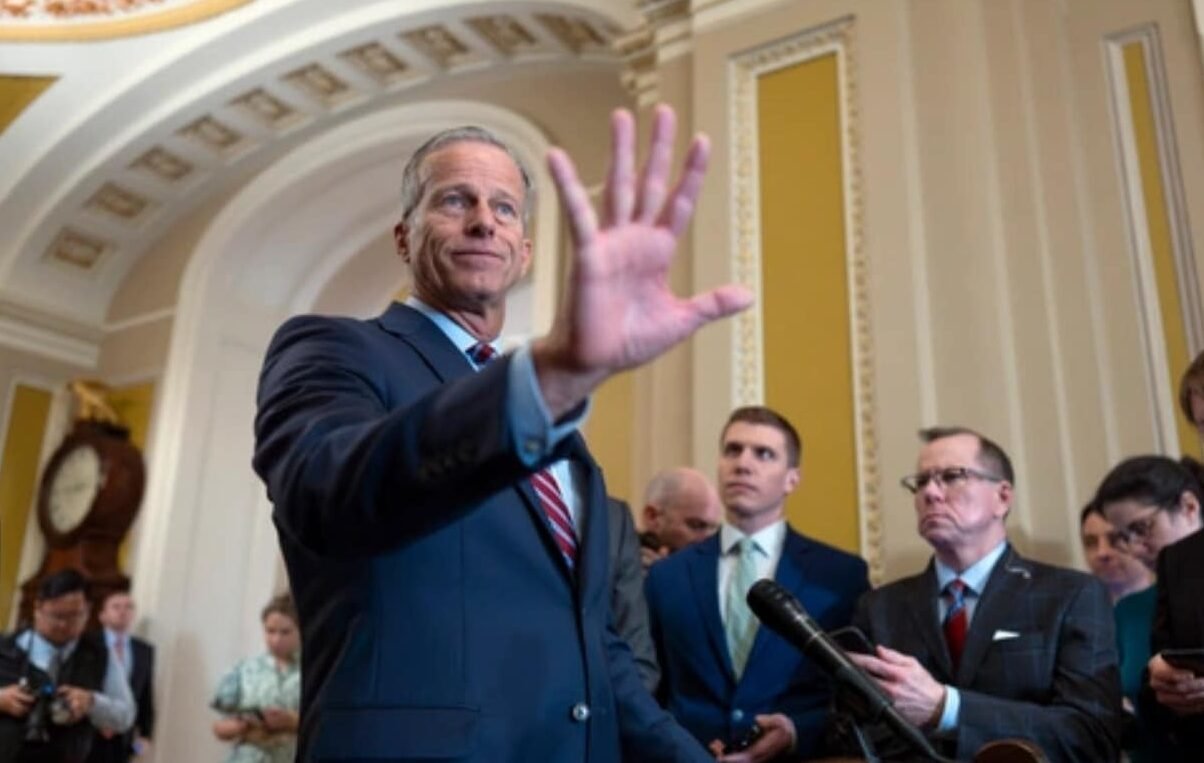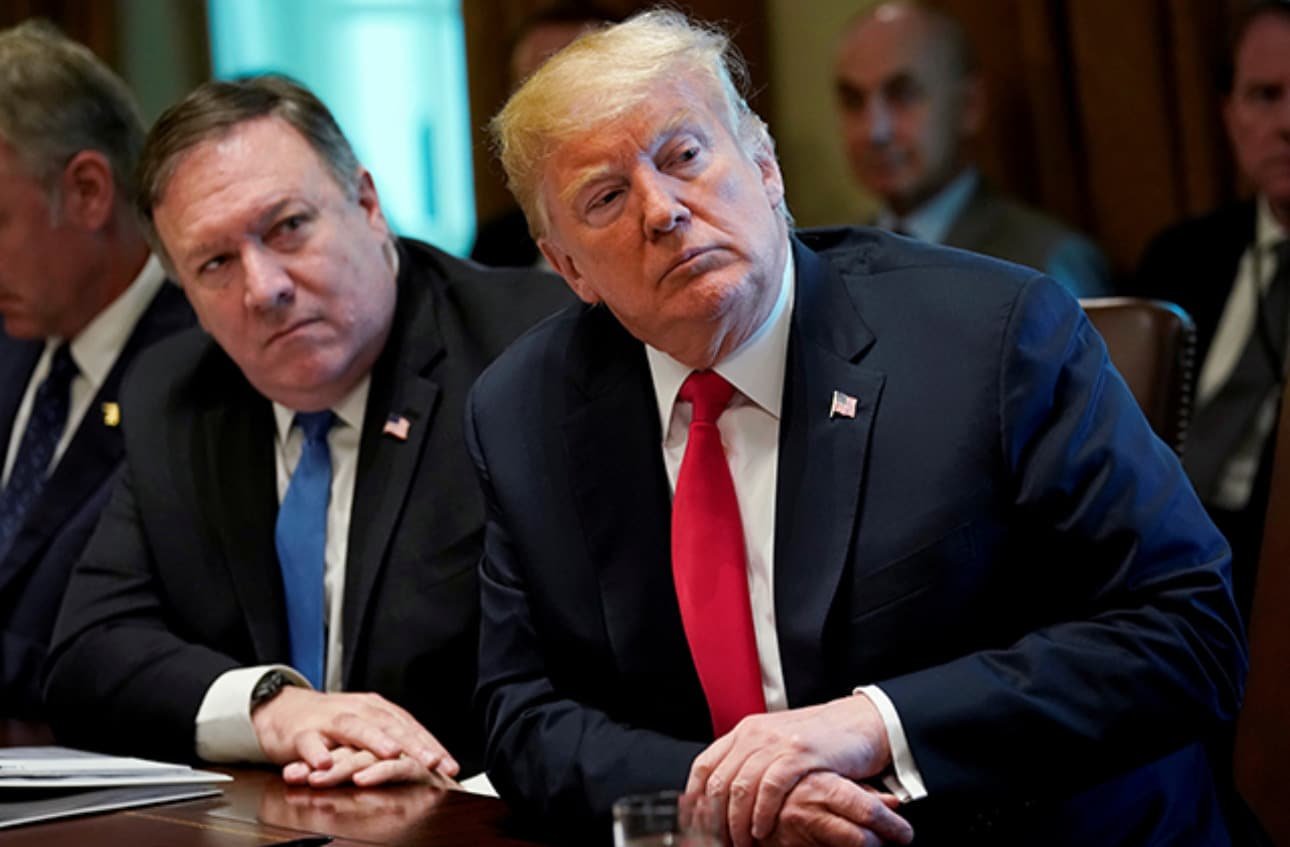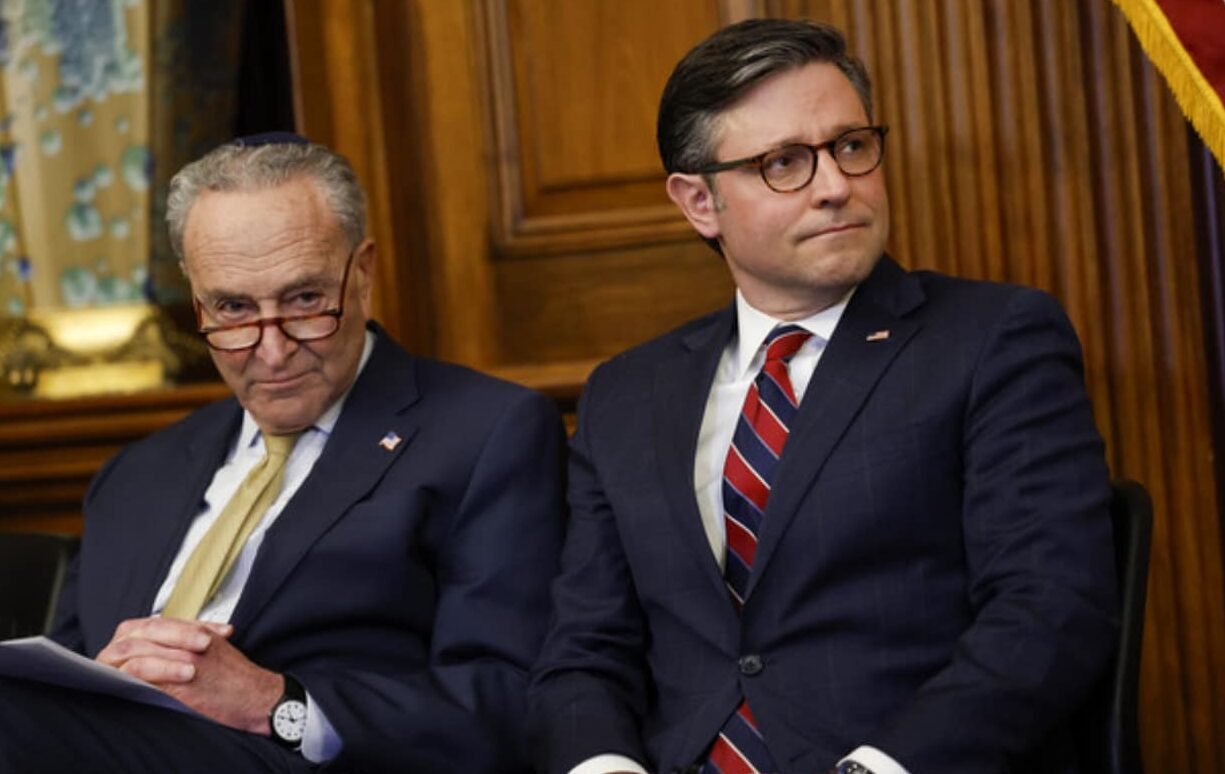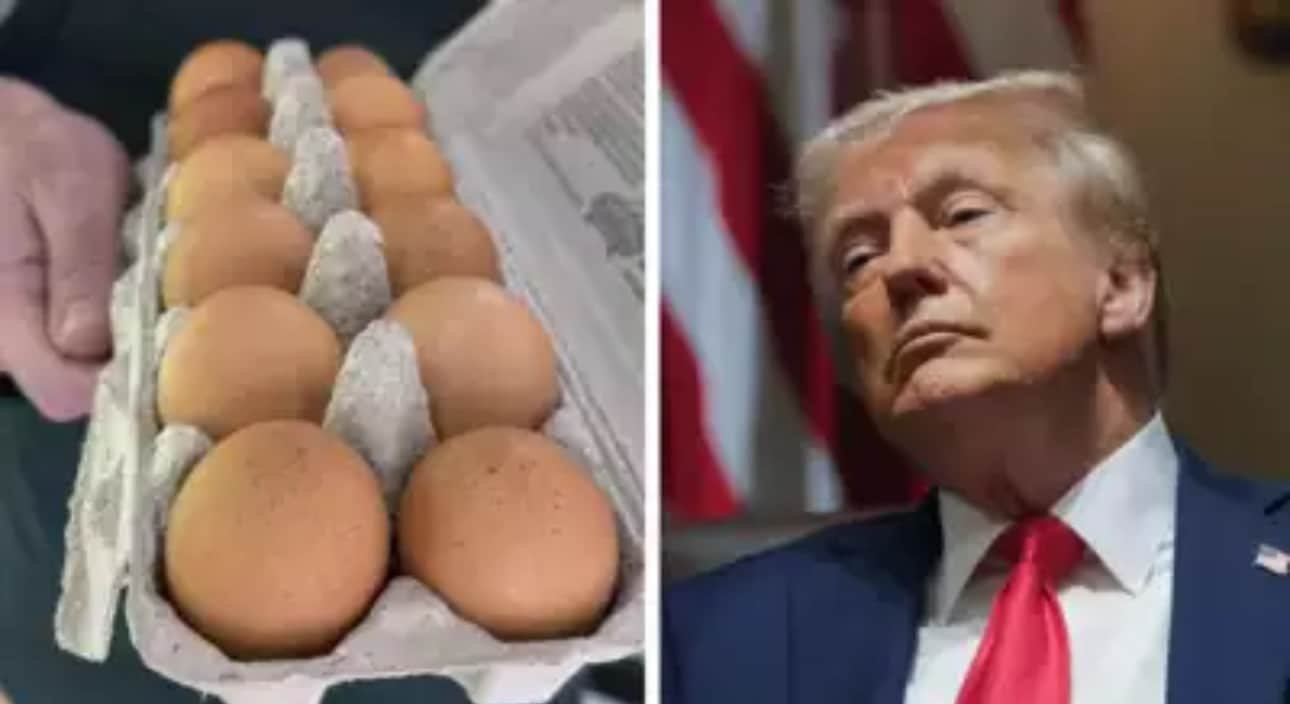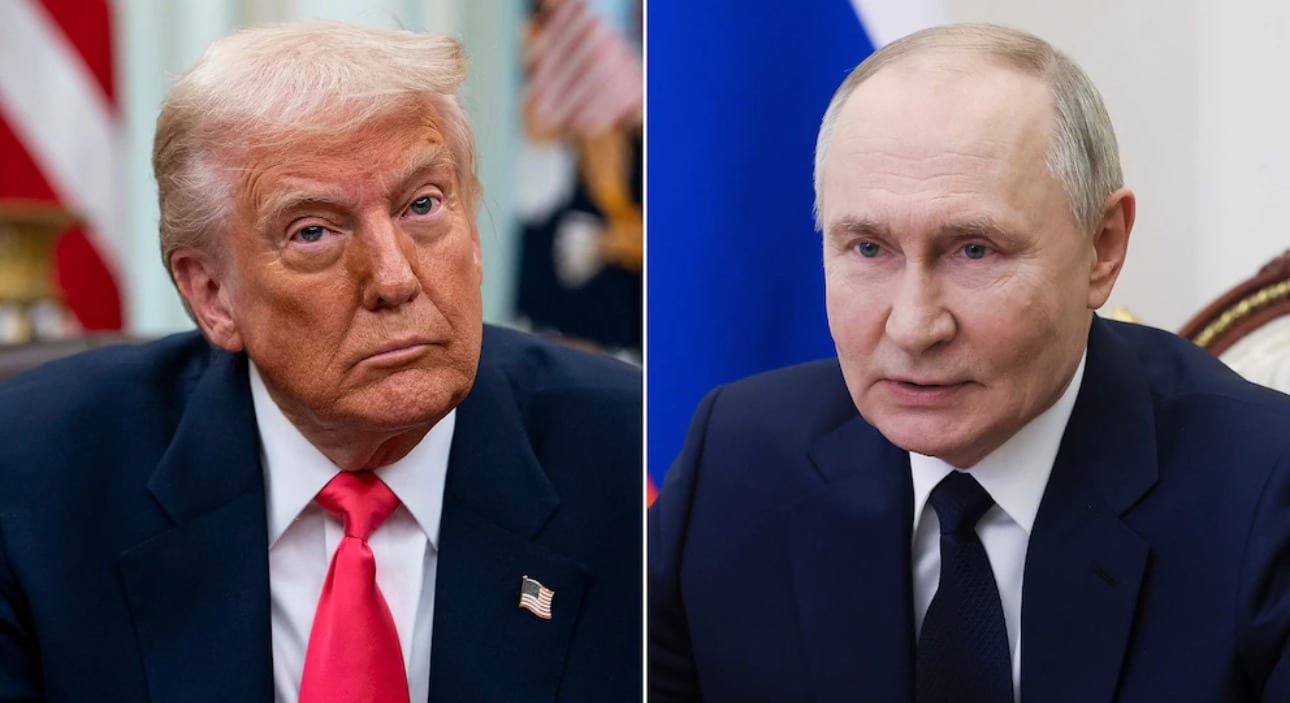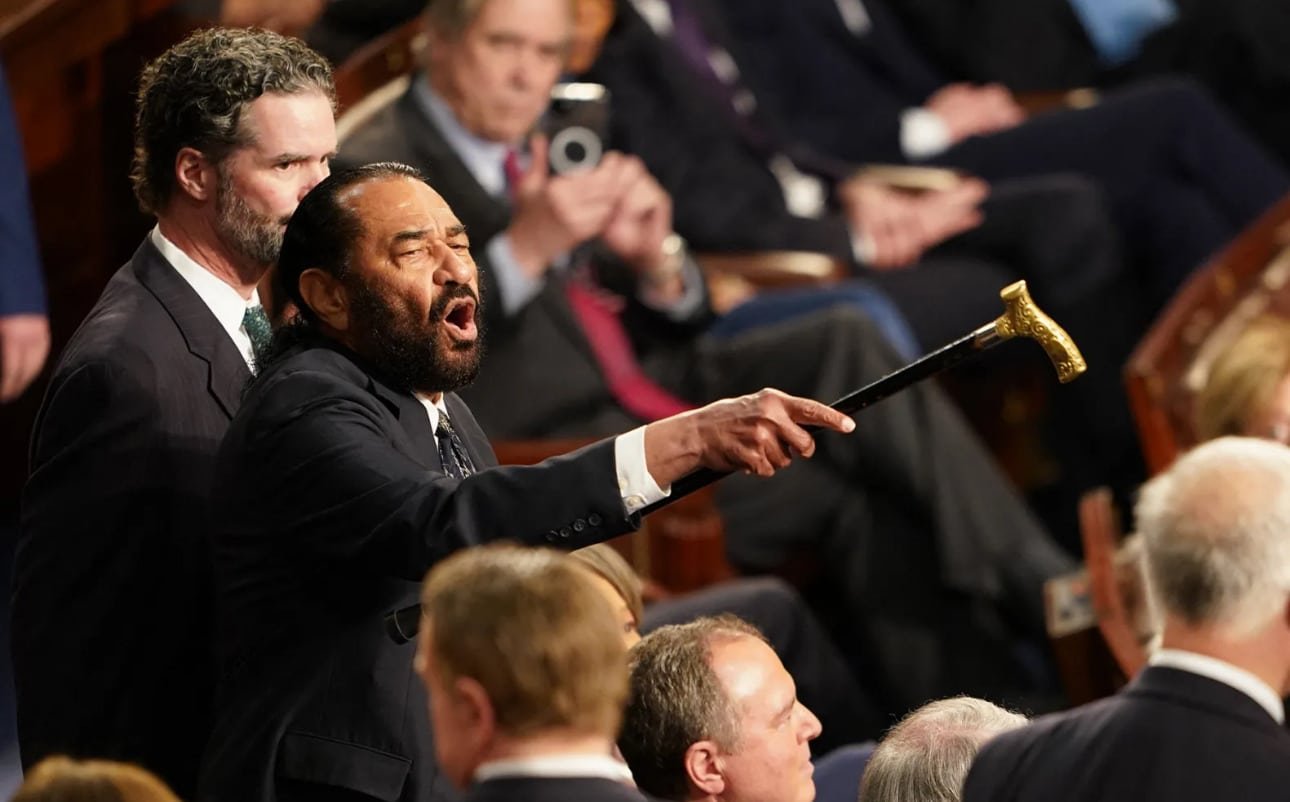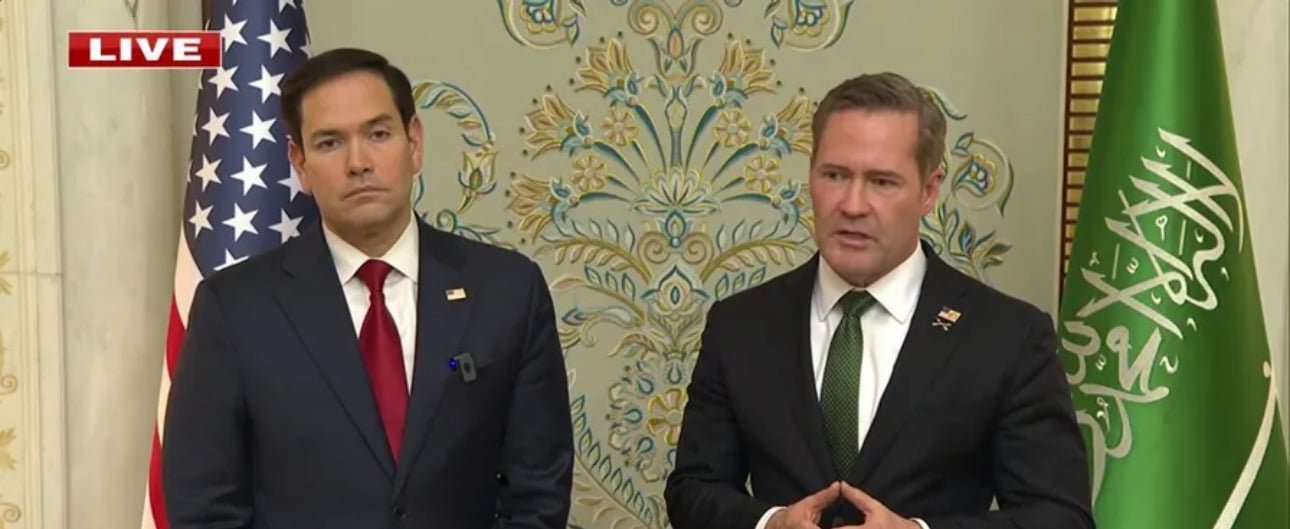President Donald Trump implemented an executive order on Friday to decrease the functions of eight federal agencies during his effort to shrink the US government.
The move terminates non-statutory activities and scales back additional functions for the entities marked as unnecessary in a White House fact sheet.
The executive order impacts eight federal agencies including the Federal Mediation and Conciliation Service and the US Agency for Global Media among others.
Voice of America and news outlets like Radio Free Europe and Radio Free Asia fall under the supervision of the US Agency for Global Media.
The current administration continues to work with the Department of Government Efficiency to execute mass firings of federal employees while planning to eliminate agencies like the US Agency for International Development and the Consumer Financial Protection Bureau. Various adversaries have resorted to legal action to apply restrictions to Elon Musk’s initiative but the outcomes have been inconsistent.
Summary
- Trump’s executive orders aim to cut federal agency roles significantly.
- The restructuring is part of a continuing strategy to enhance government efficiency.
- Countless public services may be affected by these changes.
- The job reductions in federal employment could be big.
- This initiative reflects ongoing efforts to reduce the federal government’s footprint.
- We stand firm in our belief that a streamlined government fosters greater individual freedom.
- Mixed reactions across the political spectrum highlight the controversial nature of these orders.
Objectives of Trump’s Executive Orders
The Trump administration has started a big project with its recent executive orders. They aim to make government work better and faster. This is to cut down on unnecessary red tape and improve how agencies work.
Streamlining Government Operations
Streamlining is a key goal of these efforts. The administration wants to get rid of unnecessary tasks in government agencies. For example, the Bureau of Reclamation has cut nearly 400 jobs.
The goal is to have a government that works well without wasting money. This way, taxpayer money is used wisely. Agencies like the Bureau of Reclamation, which helps with water and power in the west, can do their jobs better.
Enhancing Government Efficiency
Improving efficiency is more than just cutting jobs. Agencies must now focus on their main tasks and save money. For instance, the National Oceanic and Atmospheric Administration has cut 10% of its workforce.
This shows a bigger effort to keep only the most important work going. But, it also brings challenges. Like the end of FEMA’s National Dam Safety Review Board, which affects public safety. It’s important to see how these changes affect the government’s work and how it serves the public.
Trump Signs Order Seeking to Reduce More Federal Agencies
President Trump has issued an executive order to cut down seven federal agencies. This move is a big step towards making the government more efficient and saving money.
Agencies Targeted by the Executive Order
The order mainly focuses on the U.S. Agency for Global Media. This agency, with a budget of about $270 million and over 2,000 employees, broadcasts news in 49 languages to over 361 million people worldwide. The Education Department is also on the list, having already cut over 1,300 jobs.
- U.S. Agency for Global Media
- Federal Mediation and Conciliation Service
- Community Development Financial Institutions Fund
- Education Department
- Bureau of Reclamation
- National Oceanic and Atmospheric Administration
- Federal Emergency Management Agency
Impact on Federal Employment
The changes will deeply affect federal jobs. The Education Department plans to cut its workforce by half. The Bureau of Reclamation has already lost nearly 400 employees.
From the National Oceanic and Atmospheric Administration to the Army Corps of Engineers, many offices are reducing staff. This has left many workers worried about their jobs as the government undergoes these big changes.
Contextual Background on Government Restructuring
Government restructuring has been a big topic in political news, mainly during the Trump administration. This period saw a big change towards making federal agencies smaller and less powerful. It was all about following conservative ideas of less government control.
Previous Efforts Under Trump Administration
The Trump team started early to shrink federal agencies. They wanted a government that was leaner and more efficient. Their goal was to save money and focus on services that really matter.
They also aimed to cut down on red tape. This was to make the government work better, help the economy grow, and increase trust in government.
Political Implications of Agency Reductions
Reducing agencies has big political effects. There’s worry about losing thousands of jobs and how it might hurt public services. Conservative news sees it as a step towards American values of self-reliance and less government.
But, there’s a lot of disagreement. The Trump team and some lawmakers are at odds. They argue about how restructuring affects national services.
| Aspect | Impact of Reductions | Political Reactions |
|---|---|---|
| Federal Employment | Potential loss of thousands of jobs | Increased tension between administration and Democrats |
| Public Services | Concerns about essential services being compromised | Strong pushback from progressive groups |
| Agency Efficiency | Streamlined operations may lead to cost savings | Support from conservative analysts advocating for efficiency |
Reactions to the Executive Orders
The executive orders signed by Trump have caused big reactions across the political world. Conservative groups have shown strong support, focusing on the need for better spending and less government control. They believe these steps will bring order and accountability back to federal operations.
The wide impact of these actions is clear in the ongoing talks about political news today.
Support from Conservative Groups
Conservatives see these orders as key to fixing long-standing problems in government. They think the planned cuts, like the ones in the National Oceanic and Atmospheric Administration (NOAA), are needed. They believe these steps will make government work better and cut down on waste.
Pushback from Political Opponents
On the other hand, political opponents are worried about the effects of these actions. They fear the cuts could harm important services and affect community well-being. The criticism includes concerns about jobs and the services people rely on.
This shows the deep divide in how people react to Trump’s latest decisions. It’s a fight over what the future of government should look like.
Potential Effects on Service Delivery
Trump’s executive orders could lead to a big change in how the government works. This might affect how public services reach American citizens. With fewer staff and resources, important tasks could be harder to do.
Impact on Public Services
Public services like helping with labor disputes and preventing homelessness might get worse. Public broadcasting could also see a drop in quality. If these services can’t do their jobs well, it could make the government less efficient.
Citizens might find it harder to get the help they need. This could make people worry about the government’s ability to serve them.
Concerns Regarding Critical Functions of Agencies
There are worries about how well agencies can do their jobs with fewer resources. If key services get worse, it could be hard for agencies to keep going. The government needs enough staff and money to work well.
Without these, people might not get the services they need. This could make the government less effective in the long run.
Discussion on Bureaucratic Streamlining
The talk about making government work better is tied to the past. Many leaders have tried to make the federal government more efficient. They’ve faced ups and downs in their efforts to cut through red tape.
Historical Perspectives on Bureaucratic Cuts
History shows mixed results in trying to make government leaner. For example, the Bureau of Reclamation cut nearly 400 jobs. This move was part of a bigger effort to make government work better, under the Trump administration.
But, cutting jobs can be tricky. In California, leaders worry that losing staff could harm water systems and public safety. Similar worries exist in other areas, like the National Oceanic and Atmospheric Administration (NOAA), where 10% of workers are losing their jobs.
Changes in agencies like FEMA can affect how well they serve the public. For instance, a review found over 4,000 dams in bad shape. This shows the dangers of having fewer people and resources. It highlights the need for a strong bureaucracy to protect us all.
| Agency | Details | Concerns |
|---|---|---|
| Bureau of Reclamation | Cut nearly 400 workers | Loss of essential knowledge affecting water systems |
| NOAA | Laying off 10% of workforce | Impact on environmental monitoring capabilities |
| FEMA | Disbanded National Dam Safety Review Board | Public safety and environmental risks from poor dam conditions |
| California Water Agencies | Warnings about staffing cuts | Potential threats to health and safety |
The push for a more efficient government is ongoing. It’s key to keep services running well while making things more efficient. Past experiences teach us about the challenges in these efforts.
Public and Employee Sentiments
Public opinions on Trump’s executive orders are split. Many people support these actions, seeing them as ways to fix government problems. They believe in making things run smoother and holding the government accountable.
On the other hand, government workers are worried. They fear job losses due to budget cuts. With over 2.3 million people working in the federal government, this concern is widespread.
News suggests that over 100,000 jobs could be at risk. This would hurt many families and communities. The IRS plans to cut up to 25,000 jobs, affecting morale and causing uncertainty.
It’s important to find a balance between fixing problems and keeping jobs safe. Clear communication from the administration could ease these worries. This could change how people view these changes.
Understanding both sides is key to shaping future policies. It helps in bringing people together on how the government should work.
Conclusion
President Trump’s latest executive orders mark a big change in how federal agencies work. These changes aim to make the government smaller and more efficient. They reflect Trump’s long-held belief in reducing government size and boosting efficiency.
These orders aim to save taxpayer money and make things run smoother. But, they might also affect public services and job security. It’s important to think about these possible effects.
The political impact of these changes is huge. The Trump administration has rolled back 19 Biden-era orders and cut funding for many programs. This could lead to job losses at places like Johns Hopkins University.
The government’s plan to cut non-essential jobs might harm services that depend on federal help. This could have serious effects on many areas.
As these changes take place, we need to keep a close eye. We’ll watch how these orders affect the government and society. It’s key to understand the good and bad sides of these efforts to cut government spending.
FAQ
What are the main objectives of President Trump’s executive orders signed on March 15, 2025?
Which federal agencies are specially targeted by the recent executive orders?
How will these executive orders impact federal employment?
What historical context exists regarding previous efforts to restructure the federal government?
How have conservative groups reacted to the executive orders?
What concerns have been raised by political opponents regarding the executive orders?
What are some public sentiments regarding these executive orders?
Source Links
- Donald Trump is reason behind rise in Chinese stocks prices? Here’s what we know so far
- India-US trade: Balancing flexibility with firmness
- Think twice before you vandalize a Tesla property; Donald Trump vows to prosecute vandals as domestic terrorists, promises full force of US government response
- Critics warn staff cuts at federal agencies overseeing US dams could put public safety at risk
- Amid bursts of resistance, Trump administration squeezes colleges over pro-Palestinian protests as activist remains detained
- Trump orders gutting of 7 federal agencies, including Voice of America’s parent
- Critics warn staff cuts at federal agencies overseeing US dams could put public safety at risk
- Shutdown Looms as Democrats Say They Won’t Back Spending Bill
- What If The America You Pledge Allegiance To Isn’t The One Running The Show?
- Trump Tyranny Tracker: Day 54
- Daily State of Play: Trump’s Indefinite Refugee Ban and Funding Halt
- Trump Plans More Layoffs Despite Court-Ordered Reinstatements
- How America weaponised the world’s economy
- Hamas says it will only release American-Israeli hostage if truce agreement is implemented
- Critics warn staff cuts at federal agencies overseeing US dams could put public safety at risk
- Just The Facts- Impact of Department of Education Cuts
- A deadline for agencies to submit DOGE firings has passed. Nobody knows what’s next
- Trump poised to launch new round of layoffs despite setbacks in court
- Trump undoes stack of ‘harmful’ Biden executive orders, shrinks multiple agencies
- Johns Hopkins University to let more than 2,000 workers go after Trump’s USAID cuts





